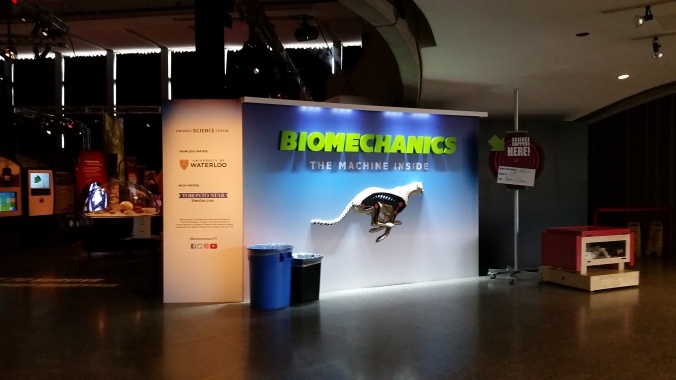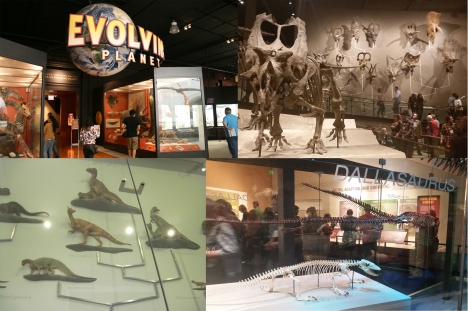Today is a New Paper Day! This time, we’re talking about the evolution of tail weapons!
 (Two Ankylosaurus duke it out with their tail clubs. (c) Jack Mayer Wood, used with permission)
(Two Ankylosaurus duke it out with their tail clubs. (c) Jack Mayer Wood, used with permission)
Readers of this blog will not be surprised to know that I find ankylosaur tail clubs quite interesting. I’ve been lucky to get to study their biomechanics and whether or not they were plausible weapons, how their morphological variation helps us identify different species, and how they evolved in a stepwise manner, with the stiff handle evolving before the enlargement of the osteoderms at the tip of the tail. Occassionally it’s good to step back and just think about how *weird* it is that ankylosaurs modified their tails in this fashion, and how weird it is to have a weapon on the tail. Continue reading






